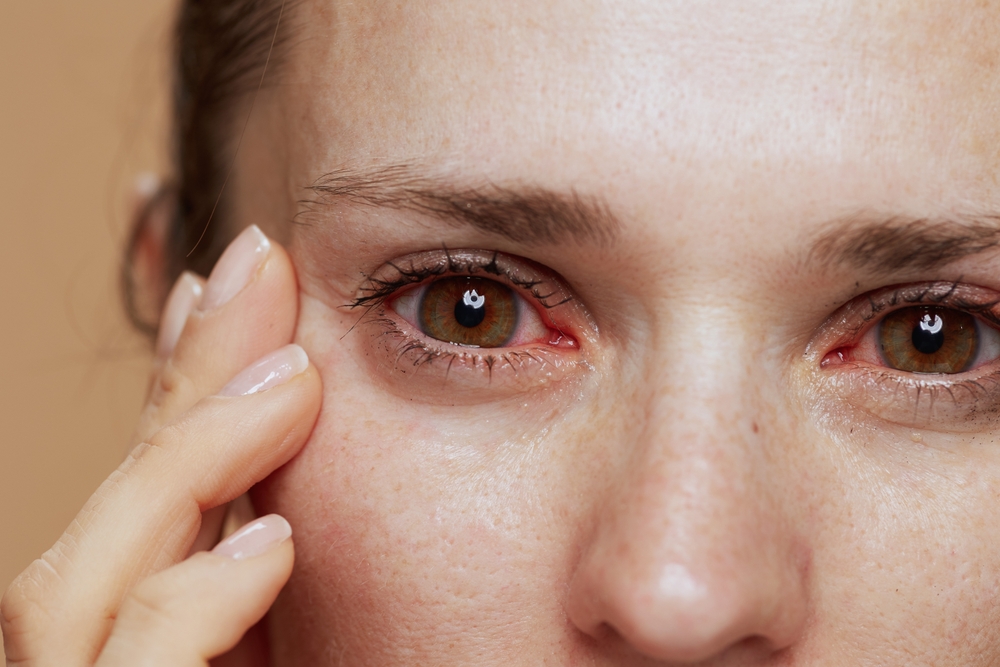
Imagine waking up to a world that is blurry around the edges. Reading has become a strain, or you have noticed flashes of light that were not there before. Eye diseases like glaucoma, macular degeneration, or diabetic retinopathy affect vision and can upend daily life.
If you are worried about losing independence or missing out on moments that matter, you are not alone. Fortunately, modern medicine offers more ways than ever to protect your sight. It would help to know what works, why timing matters, and how small changes today can make a big difference tomorrow.
Common Eye Conditions and Their Impact
Glaucoma is the silent thief of sight. It damages the optic nerve slowly, usually without early symptoms. Macular degeneration breaks down central vision, making tasks like driving or recognizing faces tough. Diabetic retinopathy, linked to uncontrolled blood sugar, causes leaks in retinal blood vessels. Left untreated, these can lead to irreversible vision loss.
But here is the hope: treatments have advanced. For example, anti-VEGF injections help slow macular degeneration by blocking abnormal blood vessel growth. Glaucoma drops reduce eye pressure, preserving nerve function. Diabetic retinopathy patients benefit from laser therapy that seals leaking vessels.
Catching these issues early often means better outcomes.
Why Early Detection Changes Everything
Some eye problems do not show signs until it is too late. Special eye exams can find these problems early, even before you feel anything. Taking care of diabetes early can help keep your eyes safe and prevent serious vision loss.
Breakthrough Treatments You Should Know About
Gene Therapy — This treatment targets faulty genes. It can help restore some vision for inherited eye conditions.
Laser Advances — Selective laser trabeculoplasty (SLT) helps treat glaucoma. It uses low-energy lasers to improve fluid flow in the eye. It does not harm surrounding tissue.
Implantable Lenses — During cataract surgery, doctors can place tiny lenses in your eyes. They help fix cataracts and improve your vision, so you might not need glasses afterward.
These treatments are not science fiction; they are real and approved by the FDA. Researchers are also testing stem cell therapies to replace damaged retinal cells. That said, these treatments are still experimental.
Daily Habits That Protect Your Eyes
Sunlight is not the only threat to your eyes. Smoking doubles your risk of cataracts and increases macular degeneration odds. Fatty fish and leafy greens supply lutein and omega-3s, which shield retinal cells.
Wearing sunglasses that block UV rays and taking breaks from screens every 20 minutes can help your eyes. Moving around and exercising, like going for walks, is important, too. It helps your eyes feel better and can lower pressure if you have glaucoma.
When to See a Specialist
Sudden floaters, light flashes, or curtain-like vision loss demand immediate care. These symptoms could signal retinal detachment. Sticking to your eye doctor’s schedule for chronic conditions is best. Many treatments work best when started early and adjusted over time.
If cost is a concern, ask about clinical trials. Some sites list studies testing new therapies, often at no charge.
Telemedicine lets doctors monitor conditions like glaucoma through home tonometers measuring eye pressure. AI tools analyze retinal scans to detect diseases faster than humans. While nothing replaces in-person exams, these innovations make care more accessible.
For more information on eye diseases, visit the Indigo Vision Center at our Georgetown, South Carolina, office. Call (843) 546-2244 to request an appointment today.




